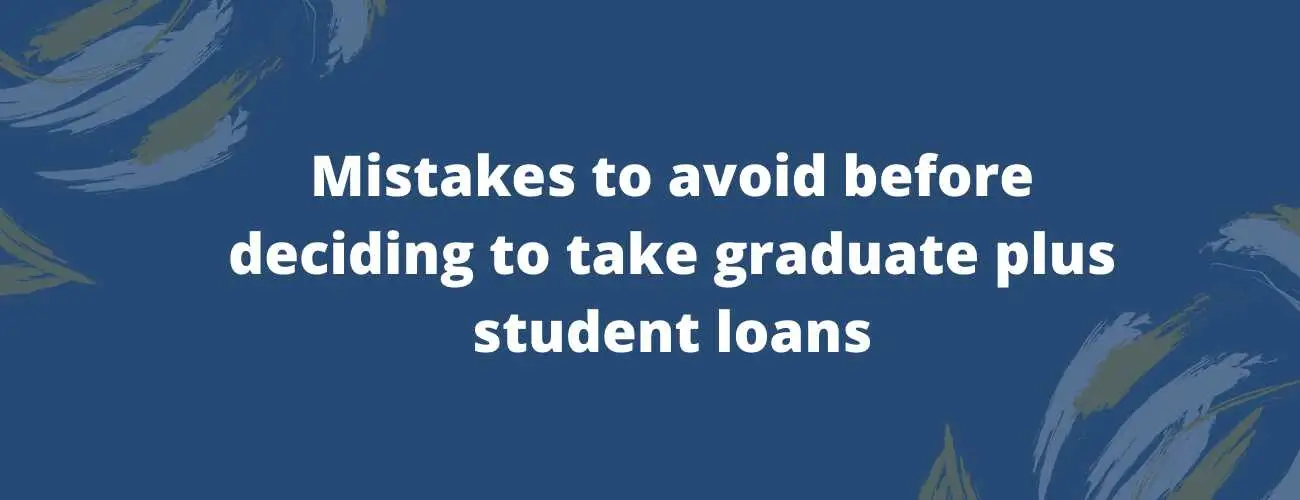Federal and Private Student Loan Repayment Options
Wondering what are the best repayment options for Federal and private students loan? Learn all about the types, benefits and drawbacks of student loan repayment plans here.
Updated by Gowtham Ramesh on 3rd November 2020
The student loan debt trap is a huge problem. As of June 2019, the student debts amount to over $1.5 trillion in the US. You can clearly imagine the stress that comes with such a huge amount.
Student loans are mainly offered by 2 major sources which are the Federal Government and Private Lenders.
Both of these lenders have totally different loan terms and conditions along with the interest rates and repayment options. You can go for Federal loans rather than Private loans if you need to borrow only the bare minimum amount. The Federal Government offers more affordable loans with lower interest rates and flexible repayment terms.
Federal and private student loan repayment options are offered for various financial situations. You can choose a repayment option that is suitable for you based on your requirements and financial situations. If you have a Federal Loan and require a lower monthly payment option then you can go for Income-driven repayment plans. If you want to move out of debt before your timeline, it can be achieved with extra payment.
Regardless of the terms of your loans, the student loan balance can cause a huge amount of stress and pressure. Therefore, it is very important to be aware of your loan details. In this article, we will discuss the various possible repayment plans to help you choose the plan that will favor your situation best.
List of Contents
- Repayment Plans for Federal student loans
- Repayment Plans for private student loans
- Other programs
- How to make federal student loans payments
- Conclusion
Repayment Plans for Federal Student Loans
The most thing when it comes to student loan repayment is choosing the right loan program which helps you factor your monthly repayment amount, the loan terms, and more.
There are a total of 8 different Federal Repayment Plans to choose from for Federal student loans. We have listed the 5 different repayment plans to make it simpler.
 source - pexels.com
source - pexels.com
1 - Standard Repayment
This plan offers you an equivalent and fixed monthly payments for every year for a period of 10 years. It is the default repayment plan for Federal Loans. If you have not requested for a special repayment plan, your loan repayment will be set to standard. Learn more on Standard Repayment Plan
2 - Graduated Repayment
Graduated Repayment Plan provides the option which allows you to start the repayment with a lower monthly payment. The monthly payment steadily goes up and increases until you pay off the entire loan amount. The initial lower monthly payments are meant to make the monthly payments easier for fresh graduates.
As your salary and experience increases, the monthly payments will also increase. It also gives you 10 years time period for repayment. Learn more on the Graduated Repayment Plan
This provides you with a lower monthly repayment option in which the loan term can be extended for a duration of 25 years. You can choose the fixed payment option, where the payment remains the same for every month and will not increase over the lifetime of the loan.
4 - Income-Driven Repayment (IDR) Plans
In this option, your monthly payments are calculated based on the percentage of your monthly income. Your monthly payments are most likely to be less if your monthly income is less. The income is reviewed on a routine basis, so when it increases, the monthly payments also increase.
It makes sure that you meet your monthly expenses. IDR plan generally caps down your monthly payments from 10 to 20% based on the discretionary income. It is further divided into multiple other plans given below -
a) Income-Based Repayment (IBR)
The IBR plan will be set the payment to 10% or 15% of your discretionary income. IBR can help students who can't afford their monthly Federal student loan payments under the standard repayment option.
Monthly repayments are recalculated annually based on changes in income and family size. Any outstanding loan amount will be forgiven after 20 years or 25 years if on-time monthly payments are maintained.
b) Income-Contingent Repayment (ICR)
The Income-Contingent Repayment option offers monthly payments based on 20% of your discretionary income or fixed payment for a 12-year plan, whichever is lesser. It's important to make you understand what is it that can extend your timeline for a period of 25 years. After that particular period, the remaining loan amount will be forgiven.
The forgiven amount is considered taxable income.
c) Pay As You Earn (PAYE)
This repayment plan provides you with an option in which the amount is based on your income and number of family members. Federal student loan borrowers who struggle to make a payment can opt for the PAYE. To qualify for it you, need 10% of your income and it will be forgiven after a period of 20 years if the payment is not missed in the timeline.
d) Revised Pay As You Earn (REPAYE)
This program is designed to cap down your monthly payments as 10% from your income. Monthly payments are recalculated annually based on changes in income and number of family members.
Any outstanding amount of loan after 20 years of n-time payment will be fully forgiven under this plan.
Learn more on Income-driven repayment plans
5) Income-Sensitive Repayment
If your loan payments are getting out of the hand, you can look into the option of caping down your payments from 4% to 25% of your total monthly income. The difference in the income-sensitive repayment plan is that you choose your monthly payment until you pay more or equal to the accrued interest amount every month, you have the option to choose accordingly. It lasts for a period of 5 years and you don't want to extend it.
Most of the income-driven plans at the end will provide you forgiveness after being paid off for a period of 20 - 25 years. For some people, the standard repayment might be difficult and for others, it might be worse as they may not be earning enough to pay off the debt.
Private student loan holders don't have these features of the flexibility of student loan repayment and qualification for IDR plans. Every lender has his/her own set of requirements where most choose between 5 and 20 years to pay off.
If you are struggling and are not being able to keep up with the loans, you can always talk to your lenders or service providers, whether you can choose a new term or go for forbearance to postpone your payments for a certain period of time.
Refinancing is also another good option. To determine the student loan repayment options from the private lenders, call them and discuss what options you have and what can benefit you.
Learn more about Income Sensitive Repayment
Repayment plans for private student loans
When considering private lenders, each one of them offers different repayment plans and they vary accordingly. Some of the basic student loan repayment plans which can be found with private lenders are given below.
1 - Immediate repayment
It starts as soon as you take out the loans. Some students prefer to look into the options where they can start paying their loans even when they are enrolled in college. This will save money and interest over time.
2 - Interest-only repayment
It allows you to pay only the interest that has accrued when you are in school or college and the other remaining loan amount is required to be paid after the completion of graduation.
3 - Partial interest repayment
This plan allows you to pay lower your monthly payments when you are in school. You can pay the interest amount partially while you are in school and the payment amount increases over the time period and you are required to pay more when you finish your degree program.
4 - Full deferment
You don't need to pay the loan amount until you graduate and become employed through deferment. You need to keep in mind that interest starts to accrue as soon as you receive your first loan disbursement. The interest for deferment will also capitalize.
How much to pay?
Learn about all the different options of repayment plans you have. Look closely into the budget to get a better understanding. Calculate each monthly amount to get accurate information on how much to spend.
With the idea of your expected income and expenses, try to estimate how much you can afford to pay towards your student loan every month and choose your repayment amount accordingly.
Pay more to get rid of the loan sooner
You may pay more than the set monthly payment amount for several loans to reduce the loan principal. It will reduce your loan terms drastically and also reduce the interest amount you have to pay over the lifetime of the loan. It can be done without any penalty for some loans while some other lenders charge for early repayments.
The Department of Education and most private lenders can't penalize you for paying the loan sooner. You can set up a recurring or a one-time payment where all the extra payments pay off the debt.
Repayment period for private student loans
The repayment period for private student loans is usually around 5 - 20 years. Some lenders offer you an Extended Repayment period for up to 30 years based on the amount of your debt. The loan may have a fixed rate or a variable interest rate, but this usually does not affect the term of the loan.
The options for repaying the private student loan are created by the lenders themselves. It is also important to keep in mind the repayment plans and processes before getting a loan.
Your creditworthiness or the creditworthiness of your cosigner may affect your loan terms/repayment period. In general, shorter loan repayment period usually results in a lower amount of loan over its lifetime.
Repayment Plans - Benefits and drawbacks
Immediate Repayment
-
Start making the principal and interest payments as soon as the loan is disbursed
-
The amount on the interest will be paid off faster
-
You might get a lower interest rate on the loan if you agree to pay while you are in the school
-
However, paying the loans while in school may be difficult for the borrowers
Interest-only
-
Interest will not accrue while you are in school
-
You will make principals and interest payments after leaving school or leaving the half-time enrollment
-
You might get a lower interest rate on the loan if you agree to pay while you are in the school
-
Payment while in school will be of smaller portions than the principal and interest rate
Fixed
-
The lower monthly payments are around $25 per month while in school or in the grace period
-
You have to make regular payments once you leave school
-
The monthly payments are affordable and comparatively lesser than full interest payments
-
Remaining unpaid interest may be capitalized
Deferment
-
You don't have to make any payment while you are in college at least half time/grace period
-
You start making payments after 6 months from the time you left school
-
No need to worry about the payments while you are in school but you'll be paying more in the end as the interest will get added to the principal amount
-
Interest will accrue during the deferment period and it will be added to your loan after you make the payments.
Things to consider before choosing a repayment plan
If your student loan debt dues are difficult to pay and you find it hard to make payments under the standard repayment plans, consider the other plans available out there. You can qualify for the loan based on the income you earn and the loan type you have chosen.
Can the repayment plan change if the income rises?
If yes, you can go for the Graduated Repayment plan. The options regarding your payments will begin at a lower rate and get high as you go further with this plan.
Getting long term relief
If you are looking for it then you can go for extending your repayment plan or any IDR plans whichever has a longer repayment term. You can go for an Extended Repayment plan as they offer loan terms up to 20 - 25 years.
Working towards forgiveness
If you are going towards the Public Service Loan Forgiveness Program (PSLF), then you have some repayment options such as IBR, PAYE or REPAYE which will help you earn the forgiveness.
Choosing the right plan will help you determine the monthly payments without disrupting your needful expenses. A good point to consider is that - in the long run, the lower monthly payments will cost you more due to the interest.
If you have a private student loan and are looking for relief, you need to talk with your loan servicer. They may offer you a temporary forbearance in case of economic hardship.
Other programs
If you are having issues on making your repayment dues, then the lender may suggest some programs which can help you. Contact your lender to get more information on the options you have.
Forbearance
This option is provided by many lenders where your monthly payments will be on hold for a short period of time if you are going through financial problems. Forbearance gives the borrowers time to restabilize their financial situation.
Discharge on Death and Disability
Many lenders provide discharge on the private student loan for unforeseen circumstances. Discharge is usually given in cases where the borrower has a total and permanent disability or even in times of death of borrowers.
Federal student loans payments
Once you fill the FAFSA form to apply for federal student loans at your student aid office in school. The school informs you if you have received the loans after the results sent by the ED. Ideally loans like direct subsidized/unsubsidized federal Stafford loans, Direct Subsidized/Unsubsidized Loans have a grace period of 6 months, after which your repayment starts. You have multiple repayment options, choosing plans under income-driven repayment like Income-based repayment plan,income-contingent repayment plan, pay as you earn, revised pay as you earn is advised as there is numerous advantage by choosing income-driven repayment plans.
Payment procedure :
For federal student loans, your bills are handled by the loan servicer assigned by ED. If you are unaware of your loan servicer, contact your student aid office in school to know the details regarding your servicer or check information of the loan details on StudentAid.gov/servicer. Once you are aware of your servicer they will provide you a guide to help you start your payments manually by cheque or online with them. For any specific queries, you can always contact your loan servicer.
Conclusion
Student loans can be of tremendous help in aiding the college education of aspiring students. At the same time, if loans are taken recklessly and without a prior calculation of its effects on the financial status of students and their future, it could result in damage of their career with its debts in interests. So it is important for you to educate yourself thoroughly before taking any kind of student loan.
To help you make decisions we have curated a few factors and points that you must consider while planning for your student loan. This list is not exhaustive and must be used only as general guidelines. You must take up the loans according to your personal situation.
Go for Federal student loan
If you are really in need of the money, but the amount is not very huge, then go for the Federal student loans as its less expensive, easier to manage and becoming eligible for it is easy. It has other perks too like repayment options, no requirement of co-signer, and more.
Student loan forgiveness programs
If you get to qualify for Federal Public Service Loan Forgiveness program (PSLF), it will get your loan canceled after you make a qualifying 120 payments while you are stationed in a full-time public service job.
To see how much you can benefit from Public Service Loan Forgiveness, check out this PSLF calculator, which shows the cheapest repayment plans and how much you could get forgiven
Look for other benefits
Before you get into the loan, try to do research and focus on the non-loan funds available like scholarships and tax benefits on the education, which will also get you to help in the tuition installment plans. It might be a reasonable alternative to long term debts.
Employee reimbursement programs
Some employers offer assistance on the tuition and student loan repayment program, and both are meaningful to the employee. Around 4% of employees have student loan repayment assistance offered by their company. Point to keep in mind is that student loan reimbursement is considered taxable income.
Avoid excess loan amount
The great way to overcome the unmanageable student loan debt is to only get the money that you need and never take more than the required loan amount. The money you have taken needs to be repaid back and it's going to cost you more. So, be aware of the amount that you are looking to borrow.
Auto-debit
There are a lot of lenders who provide your interest rate at a reduction level between 0.25% to 0.50% once you get into the auto-debit option. The monthly payment is automatically debited from your account. It will save around $300 as interest for an every $10,000 with a 10-year repayment term and $200 in term of 20 years repayment term.
Pay when you are in school
A great way to reduce the student loan debt is to pay the interest on an unsubsidized loan while you are in school and grace period to avoid the loan growth. Unsubsidized Federal Loan allows the borrower to defer the payment while they are in school but the Subsidized loans are taken care by the government when you are in school, which means the interest is covered by the government.
For graduate students, their interest accrued on the Federal Student Loan is their responsibility and same is the case for private student loans. By paying them in advance you can avoid the interest getting increased from 15% to 20% from the starting time.
Speak up
If you are facing problems with your repayment of student loan it's better to notify the lender as soon as possible. They might give you a temporary deferment or forbearance based on the qualification.
You can discuss the income-driven repayment options with them and leverage the forbearance or deferment without getting any damage to your credit score.
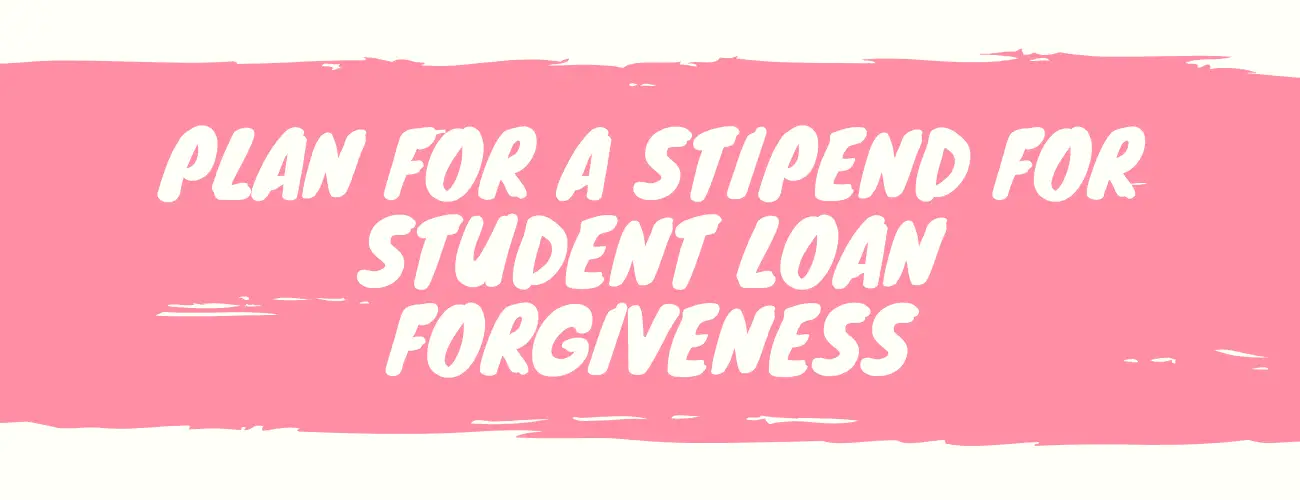
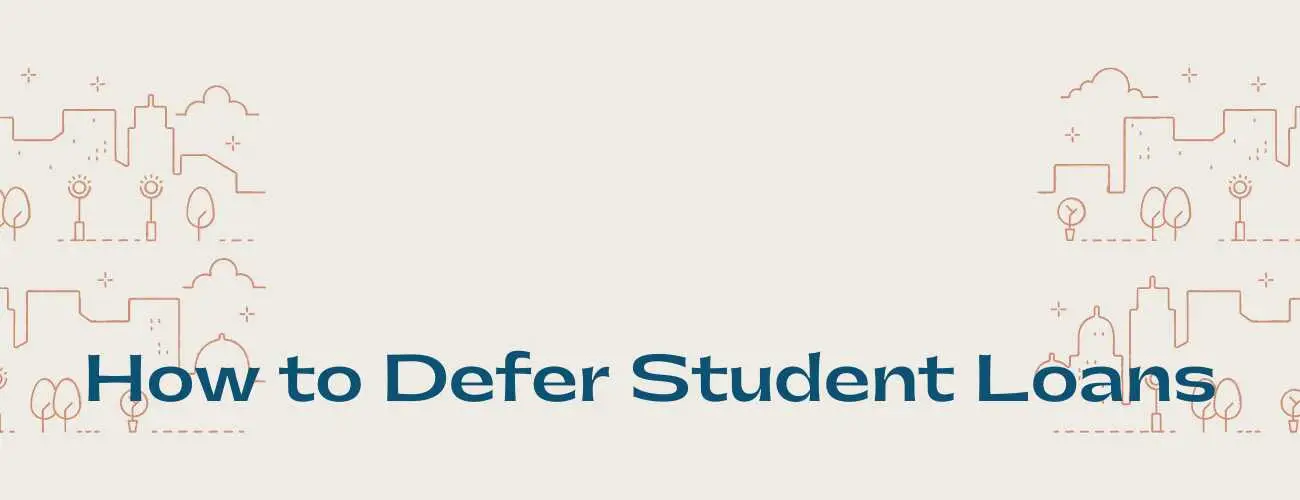
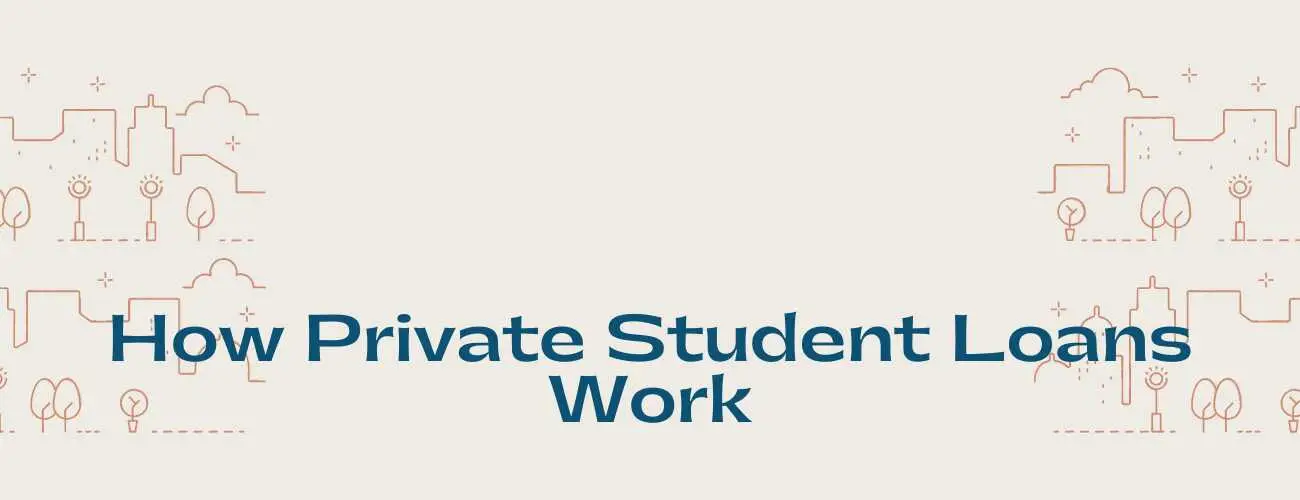
93.jpg)
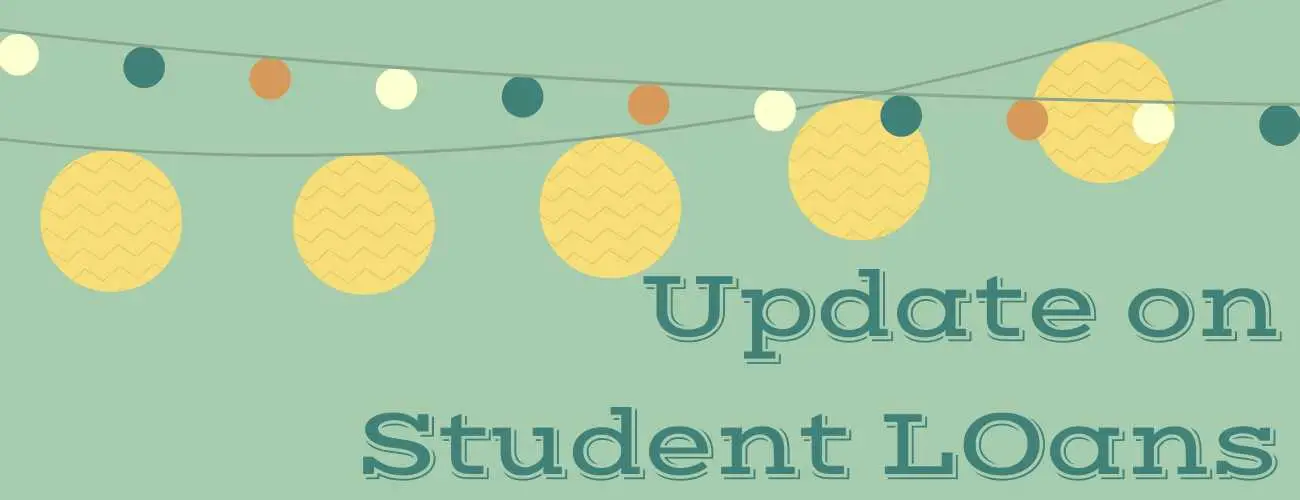
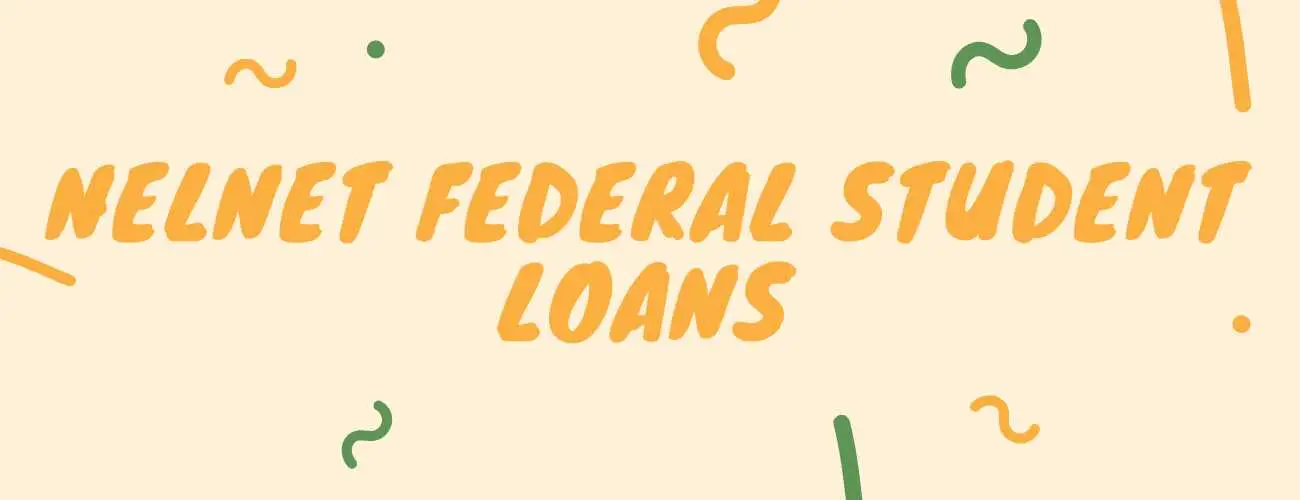
28.jpg)
